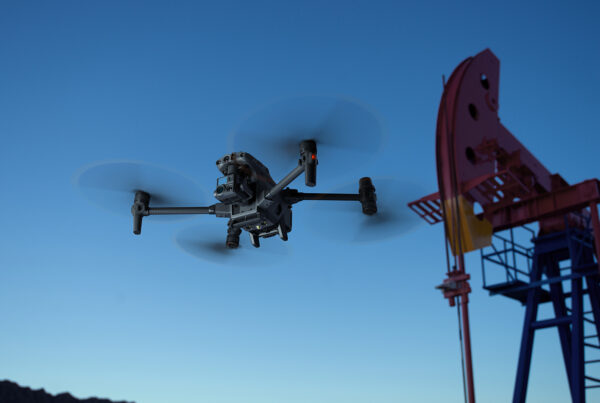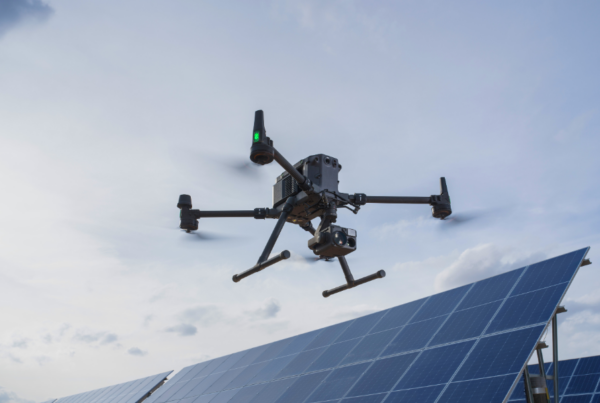
As the world transitions toward renewable energy, wind power organizations are developing the infrastructure necessary to scale operations.
Many states in the US already have wind farms powering their cities; some of the largest wind farms are found in California, New Mexico, and Oklahoma. As of February 2021, wind power produces over 57% of supplied energy in Iowa. While the benefits of transitioning to renewable energy sources are significant, the labor cost associated with the initial development of energy farms and infrastructure improvements is high.
Construction planning and site development are the first steps to creating a wind farm, and costs include site surveying, soil analysis, and assessment of power grid access. The purpose of these assessments is to determine if the area selected is suitable for power generation.
Identifying whether or not a particular area is suitable is costly enough, but the actual construction is even more expensive—according to the US Energy Information Administration, the cost to install one 2-MW wind turbine is approximately $2 million – $3.5 million.
To mitigate costs and increase future profitability, many energy organizations and specialists are implementing drone technology for the initial assessment and construction of potential wind farms. Drones can provide quality control, and aid in construction and logistics planning. Specialized drone payloads, like the DJI Zenmuse H20T, use LiDAR for terrain mapping, and aggregating key topographical data which is necessary for site planning.
Overcome Maintenance & Inspection Challenges with Drone Technology
Among the many obstacles that challenge renewable energy is the high cost of routine inspections. Large asset owners may have a process for inspection to rotate through each wind farm in their portfolio to stay compliant with safety regulations. Owners or investors are paying inspection and the operations that oversee those processes.
On average, a wind turbine inspection costs approximately $1,500 per tower. In the US alone there are 70,800 towers, and each tower should be inspected at least 2-3 times per year.
That’s about $212- $215 million spent on inspection costs annually within the US—without including maintenance and repair costs.
So what goes into each wind turbine inspection? What does the breakdown look like?
Typical inspections of wind turbines require visual inspection of both the exterior and interior structure of the turbine. Both inspection types are carried out by licensed or certified professionals, who climb the structure whilst secured by fall arrest systems. Additionally, inspectors must physically enter the blade of the turbines to collect visual data of the structure to guarantee its integrity.
On average, it can take anywhere from 3 to 6 hours to fully inspect a single wind turbine; a single wind farm can take up to two weeks to fully inspect. This time frame—along with your final cost—can increase significantly if you have a larger windfarm or face unprecedented events.

Use UAV Solutions to Save Time & Reduce Hazards
Let’s not forget the safety concerns; technicians risk their lives every time they have to climb up and within the turbines and blades. Even if all precautionary measures are heeded, fall arrest systems can fail, turbines can fall, and power surges can happen while an inspector is in the turbine.
When you use a UAV to conduct inspections, you are decreasing costs and keeping your team safe from hazards. Drones can cut down on inspection time, completing a weeklong job in a few hours or days. Data can be processed and shared instantly through online portals or mobile applications.
By combining a skilled pilot, a properly equipped drone, and a robust data platform, you can leverage UAV technology to combat any operational issues in your workflows.
Drone Nerds has helped develop state-of-the-art commercial UAV programs for the energy industry. Our experts have worked with geospatial data organizations, like PrecisionHawk, to bring drone technology solutions to the energy industry.
Connect with our team to learn more about how we can help you scale your energy operations.




